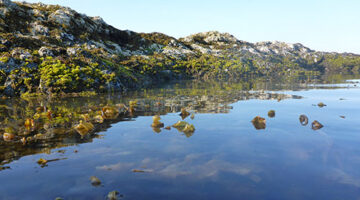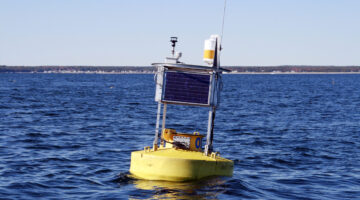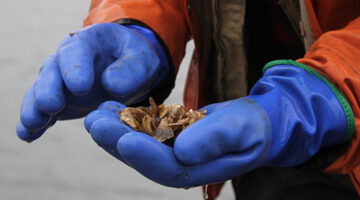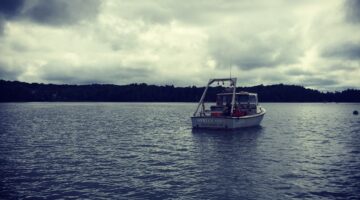Detritus as Nutritional Supplement for Bivalves
Project Description Determining the quantity and quality of seston present in Saco Bay is a key factor in evaluating its environmental carrying capacity for sustainable ecological aquaculture (SEA). This baseline data is being collected by SEANET through the use of the buoy network, field surveys, and laboratory analyses. This addresses the environmental carrying capacities of […]
Read more




